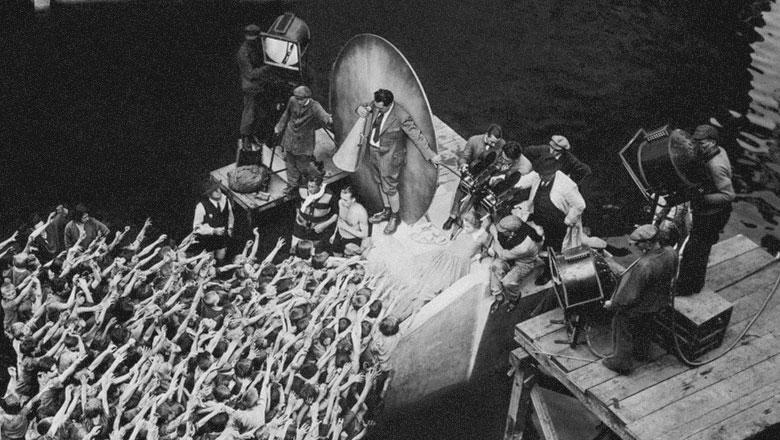Credits
Feature by: Cullen Gallagher, David Carter, Ian Johnston, Lindsay Peters, Matt Barry, Veronika Ferdman, and Jared Eisenstat
Posted on: 03 March 2014
Few silent-era filmmakers remain as popular, accessible, and relatable to contemporary audiences as Fritz Lang. His work between 1919 and 1928 (comprising 12 feature films, 10 of which survive) charts not only the growth of a major artist, but also the evolution and maturation of an art form in whole.
While his first two films from 1919, Halbblut and Der Herr der Liebe, are considered lost, two other films from that year still survive. Harakiri, an adaptation of the Puccini opera Madame Butterfly, might seem at first atypical for a director known for films noir, however is significant for the early traces of his style, and as an indicator of greater things to come. Visually, Harakiri is striking for its expressive use of lighting, particularly in the outdoor scenes, which offset the staginess of the interior scenes. Furthermore, Harakiri shows a burgeoning interest in exotic décor and art objects as part of his compositions. These qualities would continue to be manifest throughout Lang’s career.
Lang’s other film from 1919 shows a much more assured vision. Released in two parts (the first in October 1919, the second in February 1920), The Spiders was an action-adventure yarn modeled after the serialized dramas that proved popular at the time. This decidedly pulpy turn away from the more highbrow source of Madame Butterfly to something rooted more in popular culture would be a mainstay of Lang’s films, most of which could be classified as genre fare, whether mystery, sci-fi, or western.
1920’s The Wandering Shadow and 1921’s Four Around the Woman both exist in fragmentary states. Romantic melodramas with mystery underpinnings, they show Lang moving towards the criminal narratives that wound dominate his career. While neither are standouts, they are occasionally successful experiments with narrative and composition.
Lang’s first full-fledged masterpiece, 1922’s Dr. Mabuse The Gambler is arguably the apotheosis of the serial film, equal (if not superior) to the films that inspired it, Louis Feuillade’s Fantomas of 1913 and Les Vampyres of 1915. A four-and-a-half hour saga about a criminal mastermind who uses psychoanalysis and hypnotism to bring Germany to its knees during a then-contemporaneous economic depression, Dr. Mabuse The Gambler shows Lang bringing an increased visual sophistication and political nuance to the cinematic form, anticipating the civic conscience that propels his later films such as M, Fury, and Hangmen Also Die!.
If there’s anything that distinguishes Lang’s silent period from his talking pictures – other than, of course, the technology of sound – it would be the epic proportion of his productions. 1921’s Destiny and 1924’s Die Nibelungen display a mythological turn for Lang. While their mysticism wouldn’t disappear entirely from his style, their antiquated setting makes them unique in Lang’s filmography. Their emphasis on atmosphere, allegory, and special effects, however, anticipates Lang’s most famous film, 1927’s Metropolis. A mammoth production that nearly bankrupted the studio before its finish, it is a stellar achievement whose distopic vision of mankind in the machine age is at once futuristic and ancient, technological and spiritual, entertainment and didactic. Metropolis embodies the finest qualities of Lang’s films up to that point. Lang’s next two films, 1928’s Spies and 1929’s Woman in the Moon continue the trajectory of Metropolis: pulp fiction writ large, pushing the cinematic form in terms of special effects, ensemble narratives, metaphorical use of imagery, all wrapped up in a highly entertaining potboiler.
And then, with the coming of sound, things changed.
Beginning with M, Lang’s first sound film made in 1931, the epic was exchanged for the individual. Increasingly intricate plots, exponentially ambitious visual style, and progressively larger production values distinguished Lang’s silent pictures. Characters, psychology, and pathology were not the foremost concerns of Lang’s early work, but as his career moved forward, they became more and more central to his movies. M, which follows a child murderer as he commits a crime through his subsequent manhunt and capture, is a drastic change of pace from his preceding films. The visual hallmarks of Lang’s silent work are still present, but they are being utilized for new purposes—the cinematic form has changed, and so has Lang. Sound added not just one, but multiple dimensions to Lang’s filmic canvas. Under his direction, its absence could be as impactful as its presence (such as the unsettling quiet during the child murder in M). It also allowed characters to express themselves without the need of inter titles, something Lang never relied too heavily on, freeing his vision from burdensome exposition and allowing him to focus on composition and atmosphere, the very elements that distinguished his earliest surviving film, Harakiri, and each one after that. In this way, despite the technological difference, silent Lang survived well into the era of sound, and across national boundaries as he fled Nazi Germany first to France, next to the United States where he worked for over two decades, and finally back to Germany where he returned for his final two films, forty years after he rolled cameras on his first.
By Cullen Gallagher, David Carter, Ian Johnston, Lindsay Peters, Matt Barry, Veronika Ferdman, and Jared Eisenstat ©2014 NotComing.com
Reviews
-
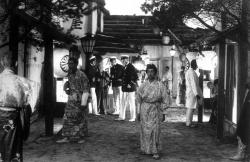
Harakiri
1919 -
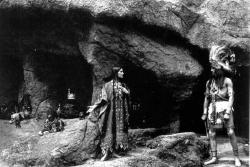
The Spiders
1919 -
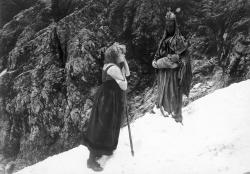
The Wandering Shadow
1920 -
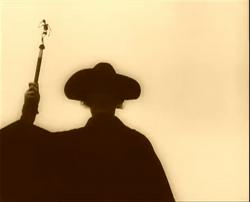
Destiny
1921 -
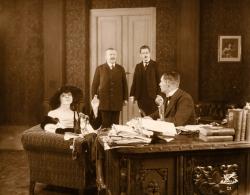
Four Around the Woman
1921 -
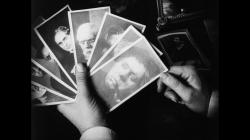
Dr. Mabuse the Gambler
1922 -
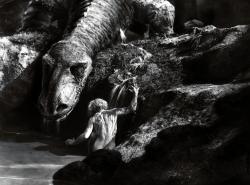
Die Nibelungen
1924 -

Metropolis
1927 -
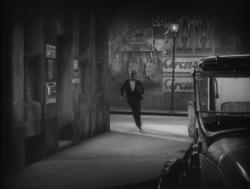
Spies
1928 -
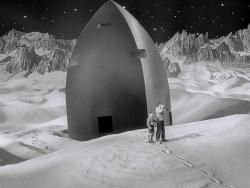
Woman in the Moon
1929
We don’t do comments anymore, but you may contact us here or find us on Twitter or Facebook.



